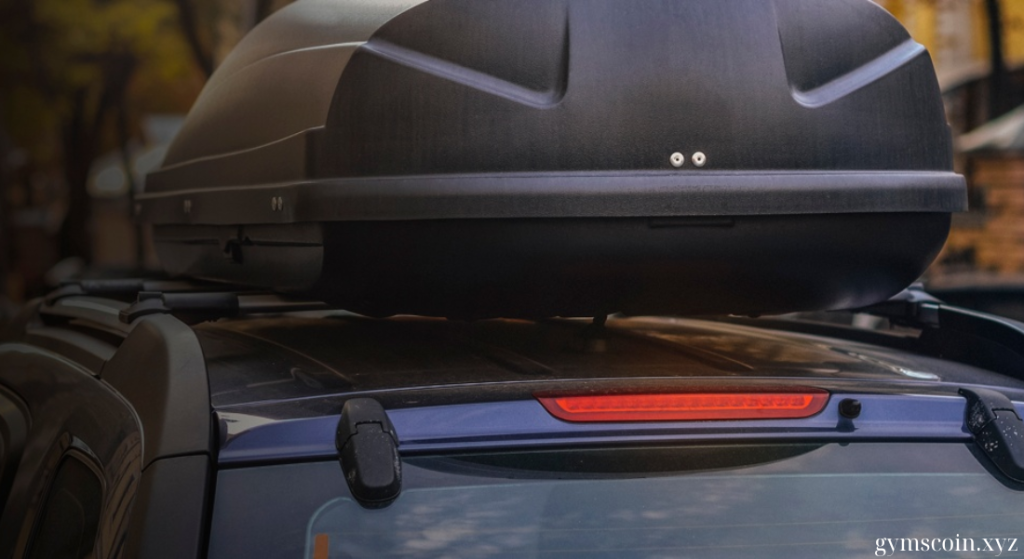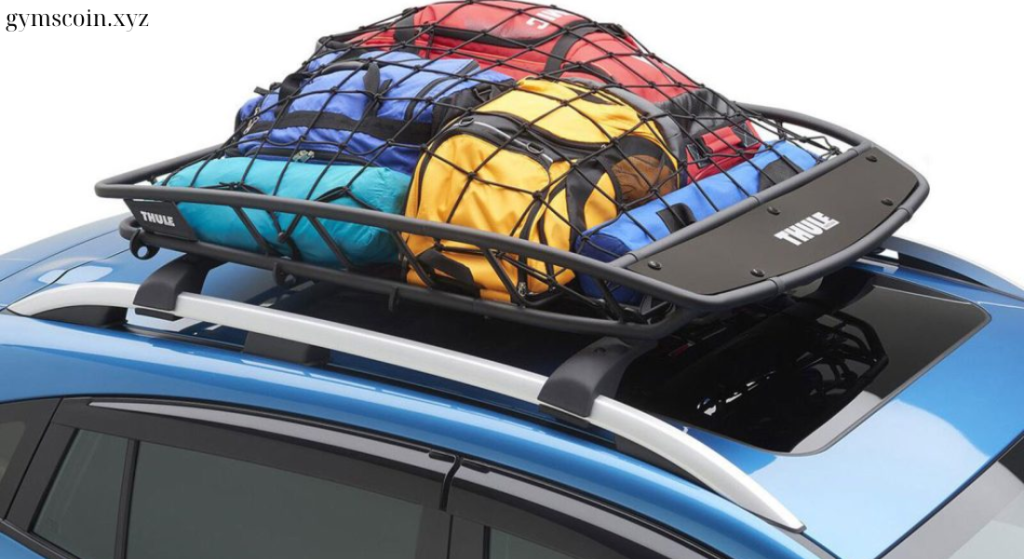Roof racks are an essential accessory for car owners who need additional space to transport gear, luggage, or recreational equipment. Whether you’re planning a family road trip, a weekend camping adventure, or a ski trip, a high-quality roof rack can make a significant difference in carrying capacity, convenience, and organization. With various options available, finding the right roof rack for your vehicle can feel overwhelming. Here’s a comprehensive guide on choosing the best roof racks for cars to optimize transport efficiency, protect your gear, and make your travels more enjoyable.
Table of Contents
ToggleKey Highlights
- Why Roof Racks Are a Must-Have: Added storage for luggage, gear, and outdoor equipment.
- Types of Roof Racks: Different styles for various uses, from cargo boxes to kayak racks.
- Choosing the Right Roof Rack for Your Vehicle: Key considerations for compatibility and weight.
- Installation Tips: Ensuring secure setup for safe transport.
- Maintenance and Care: Tips for keeping your roof rack in great condition.
1. Why Roof Racks Are a Must-Have for Transport
Roof racks provide an excellent solution for expanding your car’s storage capacity, allowing you to bring more gear without sacrificing interior space. This not only frees up seating but also makes your journey more comfortable, especially on long trips. A well-chosen roof rack provides a secure platform to carry items, minimizes clutter, and helps distribute weight more evenly.
- Maximizes Storage: Ideal for carrying bulky items like luggage, sports equipment, and camping gear.
- Increases Passenger Comfort: With more space in the cabin, passengers can travel more comfortably.
- Versatility: Roof racks can accommodate various items, from luggage to bicycles, skis, and surfboards, making them a practical investment.
2. Types of Roof Racks
Roof racks come in different styles, each designed for specific purposes. Choosing the right type depends on your needs, vehicle type, and the gear you plan to carry.
Cargo Boxes
Cargo boxes are enclosed storage units that mount onto the roof rack, providing secure and weatherproof storage. They’re ideal for travelers who need to protect their belongings from the elements, such as luggage, clothes, and other valuables.
- Best For: Luggage, camping gear, and items requiring weather protection.
- Features: Aerodynamic design, lockable for security, water-resistant.
- Pros: Weatherproof and secure; keeps items clean and dry.
- Cons: More expensive and can be bulkier than open racks.
Cargo Baskets
Cargo baskets are open, sturdy racks that allow you to load various items without restricting height. They are versatile for items like duffel bags, coolers, or irregularly shaped equipment.
- Best For: Bulky or irregularly shaped items.
- Features: Open structure, easy loading and unloading, tie-down points.
- Pros: Flexible and easy to use; works for large or odd-sized items.
- Cons: Not weatherproof; items need securing to prevent shifting.
Bike Racks
Bike racks are specialized mounts that attach to the roof, designed specifically for transporting bicycles securely. There are both fork-mount and upright models, depending on whether you want to remove the front wheel.
- Best For: Bicycles.
- Features: Fork or upright mounting, anti-sway features, quick-release.
- Pros: Keeps bikes secure and easy to load.
- Cons: Requires some lifting; roof height can be an issue for heavier bikes.
Kayak and Canoe Racks
Kayak and canoe racks are designed to carry long, water-based equipment securely. They often come with cradles and straps that support the kayak or canoe and prevent movement while driving.
- Best For: Kayaks, canoes, paddleboards.
- Features: Cradles, straps, J- or saddle-shaped mounts.
- Pros: Holds items securely and prevents shifting.
- Cons: Bulky and requires careful mounting.
Ski and Snowboard Racks
These racks are built to securely hold skis and snowboards in place without damaging them. Most models feature locking mechanisms and padding to protect equipment from scratching or slipping.
- Best For: Skis and snowboards.
- Features: Locking clamps, padding, weather-resistant materials.
- Pros: Keeps gear secure; easy to load and unload.
- Cons: Only works for skis and snowboards; limited versatility.

3. Choosing the Right Roof Rack for Your Vehicle
Selecting the best roof rack involves ensuring compatibility with your car, checking weight capacity, and understanding your specific transport needs.
Consider Compatibility with Your Vehicle
Not all roof racks fit all vehicles, so it’s essential to check compatibility. Some vehicles have factory-installed roof rails or crossbars, while others may require a full rack system. Verify measurements and mounting requirements before making a purchase.
- Factory Roof Rails: If your car has pre-installed roof rails, look for racks designed to mount onto these.
- Bare Roof: For cars without factory rails, you’ll need a system that attaches directly to the roof, typically with clamps or suction mounts.
Check Weight Capacity
Each roof rack has a maximum load capacity, which indicates how much weight it can safely carry. Exceeding this weight can damage the rack and potentially cause safety hazards.
- Vehicle’s Roof Load Limit: Consult your vehicle’s manual to determine the maximum roof load it can support.
- Rack’s Capacity: Compare your needs with the roof rack’s weight capacity and ensure it meets your requirements.
Aerodynamics and Noise
Some racks are more aerodynamic, reducing wind resistance and noise. For long trips or frequent usage, look for streamlined models with wind fairings or low-profile designs to make driving quieter and more fuel-efficient.
- Aerodynamic Racks: Cargo boxes and low-profile racks are often more aerodynamic.
- Noise Reduction: Wind fairings or streamlined shapes reduce wind noise and improve fuel efficiency.
Locking Mechanisms
For added security, consider roof racks with locking mechanisms, especially if you’ll be leaving your vehicle unattended with valuables on the roof.
- Locks on Cargo Boxes: Most cargo boxes come with built-in locks to secure items.
- Locks for Bikes and Other Gear: Some bike racks and ski racks have locking options for added protection.
4. Installation Tips
Proper installation is essential to ensure that your roof rack is secure and safe for transport. Here are some tips for an effective setup:
- Follow Manufacturer Instructions: Each roof rack comes with specific instructions for installation. Follow these carefully to avoid issues.
- Double-Check Stability: After mounting, shake the rack slightly to ensure it’s securely fastened and won’t shift during transit.
- Use Appropriate Tools: Avoid overtightening or using incompatible tools, which can damage the rack or your car.
- Secure All Gear: Use straps, bungee cords, or other fasteners to keep your items firmly in place and prevent them from shifting while driving.
5. Maintenance and Care for Roof Racks
To maximize the life of your roof rack, regular maintenance is key. Proper care will keep it in good condition, prevent rust, and ensure safety for future trips.
- Regular Cleaning: Wash your roof rack periodically to remove dirt, salt, and grime that can cause corrosion.
- Check for Loose Bolts: After each trip, inspect the rack for any loose bolts or fasteners.
- Store Properly: If you’re not using the roof rack year-round, store it in a dry, secure location to protect it from weather damage.
- Inspect for Damage: Look for any signs of rust, cracking, or wear that may affect the rack’s stability or load-bearing capacity.
Conclusion
Choosing the best roof rack for your car can make all the difference in your travel experience. By expanding your vehicle’s storage capacity, a roof rack allows you to bring along all the gear you need for any adventure. Whether you’re transporting luggage, bicycles, kayaks, or skis, selecting the right type of roof rack, ensuring compatibility, and installing it correctly will help you transport your belongings safely and efficiently. With a quality roof rack, you can look forward to comfortable and well-organized trips for years to come.
FAQ
Can I install a roof rack myself?
Yes, most roof racks come with detailed installation instructions, making it easy to install yourself. However, if you’re unfamiliar with the process, professional installation is recommended.
How much weight can I put on a roof rack?
Roof rack weight capacity varies by model and vehicle, but most can handle between 75-250 pounds. Check both your car’s and the rack’s maximum load limits to avoid overloading.
Do roof racks affect fuel efficiency?
Yes, roof racks can create additional wind resistance, potentially reducing fuel efficiency. Choosing an aerodynamic design can help minimize this impact.
Are roof racks weatherproof?
Cargo boxes are typically weatherproof, but open racks like baskets may expose items to the elements. Use waterproof covers or bags for added protection if needed.
Can I leave my roof rack on year-round?
While roof racks can be left on year-round, it’s best to remove them when not in use to reduce wind resistance and wear. Regular maintenance is also recommended to ensure longevity.

